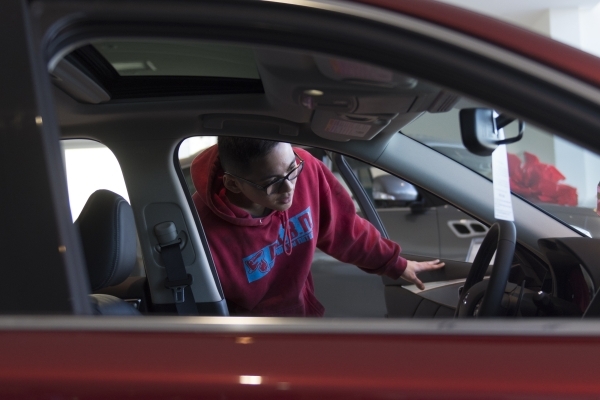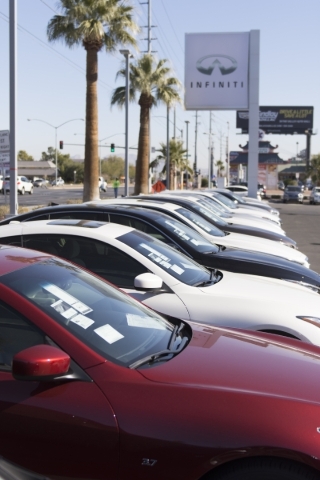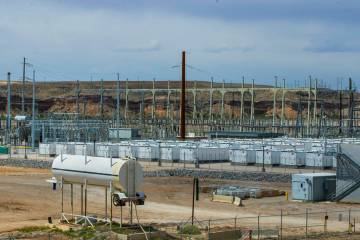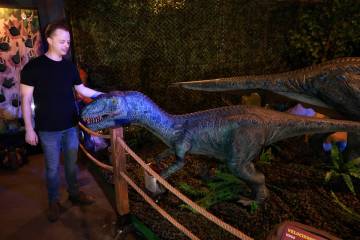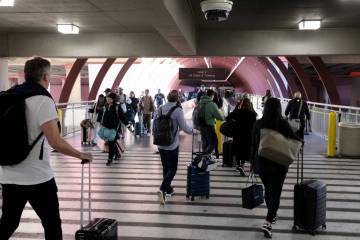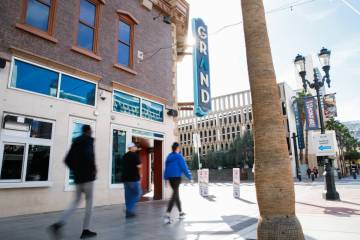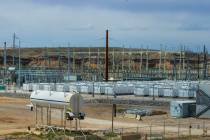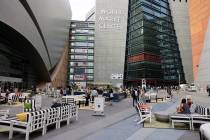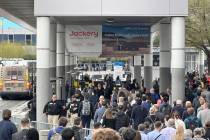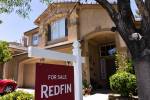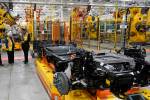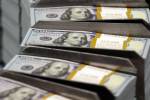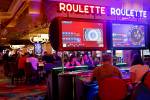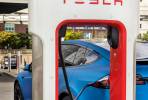Auto dealers in Las Vegas Valley point to growth in 2016
A move by the Federal Reserve to raise interest rates will boost the cost of loans for cars and trucks, but auto dealers aren't expecting it to dent sales in 2016.
The Fed in December announced it lifted its key rate by a quarter point, ending a seven-year run of borrowing rates near zero. It said that rates would remain low for an extended period and that it expects to increase the rates gradually.
That move is likely to be felt not only with slightly higher mortgage rates but with credit cards and car loans.
Low-interest policies have helped jump-start auto sales, which hit a record 17.37 million in 2015, according to the National Automobile Dealers Association, surpassing 17.35 million sold in 2000. That number is expected to be surpassed in 2016, but it won't grow at the same 5.6 percent rate as it did in 2015 when sales exceeded 2014's 16.42 million, Steven Szakaly, the association's chief economist, told the Las Vegas Review-Journal.
Szakaly said dealers will push finance companies to keep loan rates low. Competition among dealers for buyers will boost sales to 17.7 million in 2016, just under 2 percent growth, he said.
"I don't think it will have any effect at all," Szakaly said. "A quarter point isn't that much. The Fed is going to raise these rates really slowly over the course of the next year and for the most part with competition among dealers, most consumers won't even notice it. You're going to have rising incentives from manufacturers to mask this rise in interest rates."
Szakaly said an interest rate rise could cost buyers less than $10 a month more in a monthly payment.
"That is the top end, and that's assuming dealers aren't going to be competitive on these things," Szakaly said. "I think there will be high competition for that business, and they will compete on that rate increase. It will come from somewhere, either the manufacturer or the dealer."
Rising interest rates shouldn't dampen sales in Las Vegas, said John Barr, general sales manager at Findlay Toyota. He said the dealership ended 2015 with average monthly sales of 625 to 650, a 10 percent increase over 2014. That trend should continue in 2016, he said.
"A quarter of a point is so minimal on dollars," Barr said. "On a house, it makes a difference of $30 to $50 a month on interest payment. On a car, we're talking about $1 or $2 at the most a month. I don't think it will affect anything. Those who buy expensive vehicles pay cash anyway."
Joe Tortomasi, general manager at Park Place Infiniti, said sales rose 28 percent in 2015. Any boost in interest rates will drive in more traffic in the short term because manufacturers will offer more incentives, including lease deals, he added.
"The impact will be long term if it continues to go up," Tortomasi said. "It's going to impact what they can afford monthly, and it will make the used-car market that much stronger."
Las Vegas resident Chana Gelber, who said she's in the market for a certified used BMW 3 Series, said what interest rate she gets will determine what she buys.
"I would get the same car, but what year the car is would make a difference," Gelber said. "Is it a 2012, 2013 or 2014? It's all about the monthly payment. I love the car, but I'm not trying to dig a hole."
Szakaly credited pent-up demand after the Great Recession and improved economy for the record-setting 2015. Lower gasoline prices are also contributing to sales, especially of light trucks. Rising incentives, however, are going to be biggest driver of sales in 2016 because demand will soften, he added.
"It's a real complicated market (in 2016) because we're going to start to see sales slow down and demand slow down," Szakaly said. "It's not going to be a bad year, but in order to see another year of growth, we have to see incentives rise. If we didn't have incentives go up, we would still have a good year, but I don't think we would see sales growth over 2015. It would probably be flat sales."
Some analysts incorrectly predicted sales would slow in 2015 and be below 17 million nationally. They thought that easy credit contributed to the growth and that demand could not be sustained with low wage growth.
Szakaly called sales exceeding 17 million "healthy," but there are demographic issues that will contribute to slower demand in 2016. Millennials don't buy as many cars because they're just entering the labor market and are carrying college debt. There aren't enough in Generation X to make up for retiring baby boomers, he said.
"You have this doughnut hole effect because you have retiring baby boomers with lots and lots of money and you got a small Generation X that doesn't buy at the same rate as baby boomers. ... There's a big group of millennials up and coming, but they're not in a position to buy yet in large numbers," Szakaly said.
Another factor that will dampen demand in the future is longer auto loans of 66 to 72 months, Szakaly said. That stretches out the cycle in which people buy, he said.
"Instead of being of being in a positive equity position in 31 or 32 months, they're now in a positive equity position at 42 or 43 months," Szakaly said. "That tacks on another year they have to pay before they're in a positive equity position to go in and trade that car in and get a new vehicle. You got up pent-up demand that's probably starting to run its course next year."
Tortomasi said lower gasoline prices are giving people more income to afford a new car and even buy a bigger one than they planned.
Barr said low gasoline prices are continuing to spur purchases of SUVs, and people are more interested in hybrids when they can get 600 miles for one tank of gas.
"There's a confident outlook from the consumer right now," Barr said. "The rebound in the economy has them feeling comfortable."




